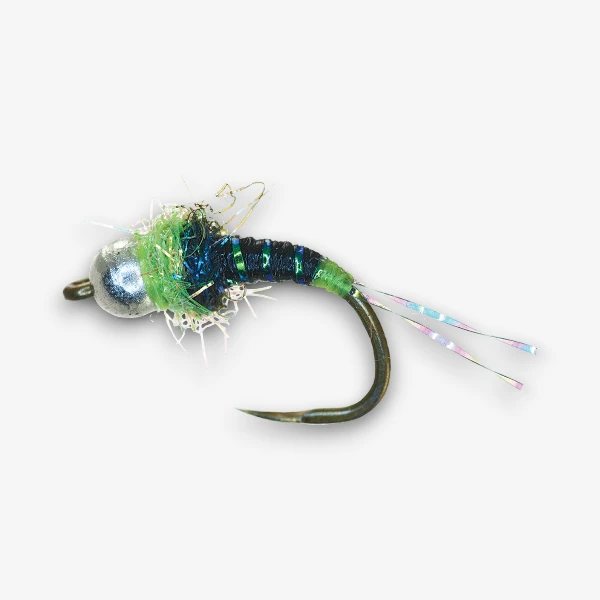Green Stonefly Sallflies
Description
Overview:
Sallflies, also known as Green Stoneflies (Alloperla), are medium to large-sized stoneflies commonly found in cold, fast-moving rivers and streams. They are particularly prevalent in spring and early summer, with their hatch providing an important food source for trout and other fish. Sallflies are characterized by their vibrant greenish-brown or olive bodies and large, translucent wings, which are often held flat against their bodies when at rest. Though not as well-known as other stonefly species, Sallflies are an important hatch for fish in areas where they occur. Common hook sizes for imitating Sallflies range from 8 to 12.
Nymph Stage:
The Sallfly nymph is typically 1 to 1.5 inches in length, with a robust, dark green or olive body and a segmented appearance. These nymphs are often found clinging to rocks and submerged vegetation in fast-moving streams, where they feed on detritus, algae, and small invertebrates. The nymphs are active crawlers, migrating to shallower waters before emerging as adults. Fly patterns for Sallfly nymphs, tied on hooks sized 8 to 12, effectively replicate their size and coloration. A dead-drift presentation near structure, such as rocks and logs, is often the best way to target fish feeding on these nymphs.
Dry/Dun/Spinner Stage:
The adult Sallfly, or Green Stonefly, typically measures between 1 to 1.5 inches in length. It has a greenish-brown or olive body, with large, translucent wings that are held flat against its back when resting. The Sallfly emerges in large numbers, especially during the late afternoon and early evening, when trout actively rise to the surface to feed on these insects. Dry fly patterns for Sallflies are typically tied on hooks sized 8 to 12, replicating the insect’s size, color, and wing posture. These flies are effective when presented during the hatch, as trout target these easily visible insects on the surface.


